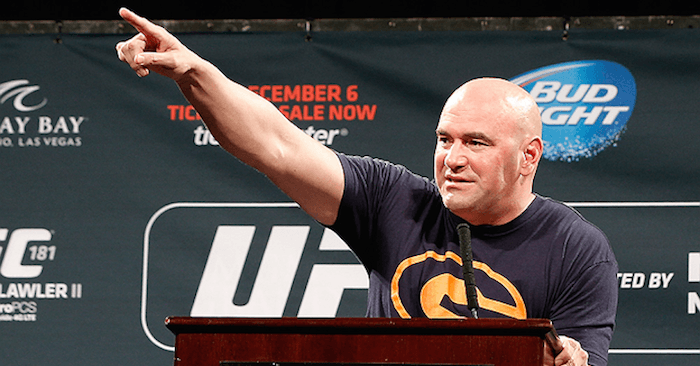The UFC’s drug testing program USADA has been weeding a lot of fighters out since it was first implemented in July of 2015. Most recently they were able to flag former UFC light heavyweight champion Jon Jones for steroids after his knockout win over Daniel Cormier at UFC 214.
Another fighter can now add his name to the list as Azamant Murzakanov has been flagged for a potential anti-doping violation by USADA.
Murzakanov signed with the UFC in May of 2017, and was supposed to debut at this past June’s UFC Fight Night Oklahoma City against Joachim Christensen, but was pulled from the card and was replaced by Dominick Reyes. He is a veteran of the Ring Of Combat promotion and trains out of New Jersey. The Russian is also currently boasting an undefeated 7-0 record, with six first round finishes.
The UFC’s drug testing (USADA) program is committed to a clean sport with Jeff Novizky leading up the program and he believes they’ve made a lot of progress during the limited time they’ve been overseeing the testing. In an earlier interview with MMAfighting, Novitzky talked a bit about how things have progressed since the beginning.
“First off, I’m really pleased with what we’ve done here in the last year and half in the program. It’s difficult to measure success with a program. How do you prove a negative that no one is using anything performance-enhancing? The way I do that is I go to events and I’m usually there the entire week and I rely on those short, five-to-10-minute conversations in the lobby, in the elevator, fighters and camps approaching me, and try to get feedback there. The feedback that I’ve gotten is that it’s having a huge impact and difference, in a positive manner in the sport. It’s been positive.
Now, this program is unique in a couple ways. Number one, it’s by far — and I don’t say this as opinion, it’s fact — the most comprehensive in pro sports. There’s no other program that compares to it. Number two, it’s a very, very unique sport, the business model here where you have independent-contractor athletes fighting three or four times a year is really unique to any sport. So when you combine those things, despite our month and a half, two months of trying to put this program together and trying to think of every potential scenario, it’s to be fully expected that as the program is ongoing there would be fine-tuning and tweaks to that. We’ve actually just done that.
Almost all of [the changes] are athlete-driven changes. You need to have a balance between comprehensiveness, strength of the program and fairness to the athlete. Now we can say, ‘Hey, you need to let USADA know where you are 24 hours a day, we’re gonna test you three or four times a week.’ That would be the strongest, most comprehensive program. Is it fair to the athlete? No. So there’s a balance of that. So we’ve identified that we thought could make the program even better, some instances that will make it more fair to the athlete.”

